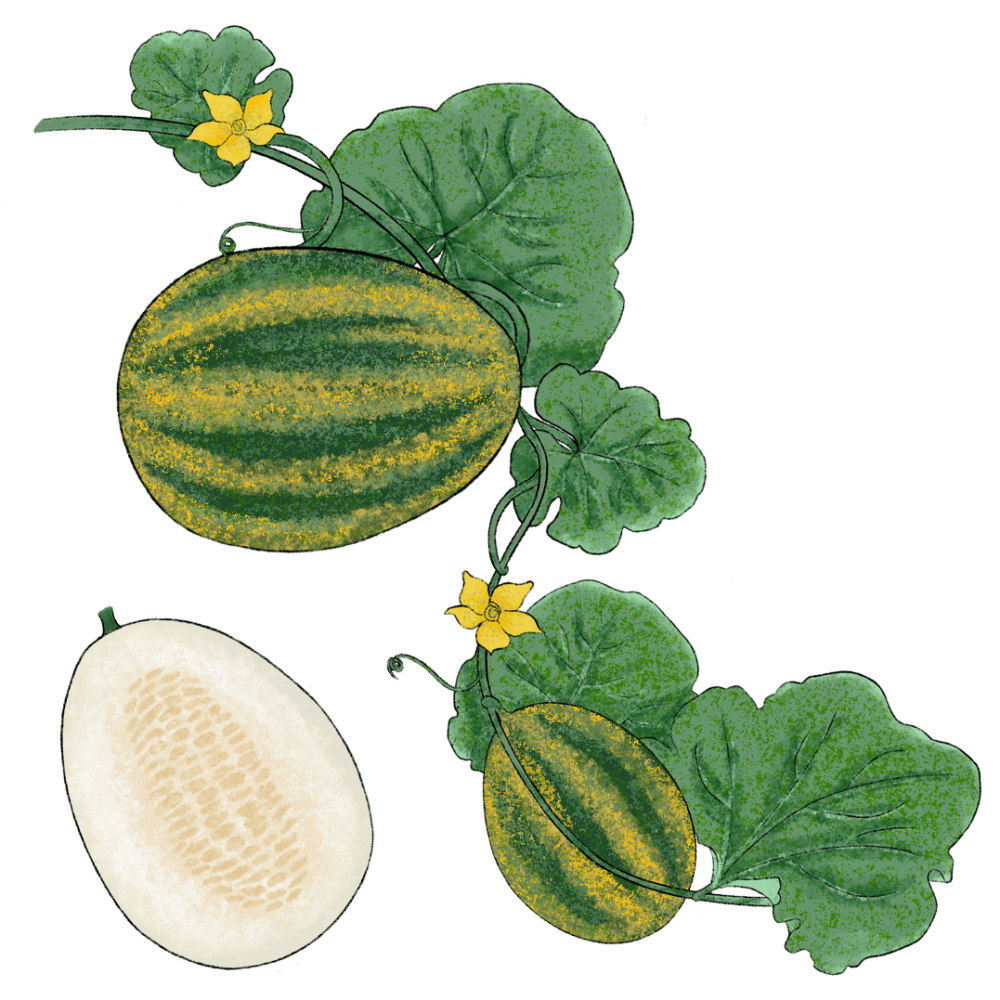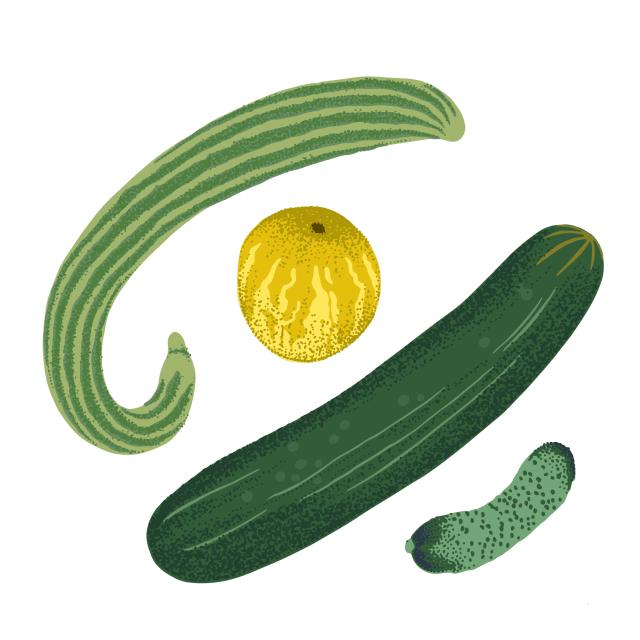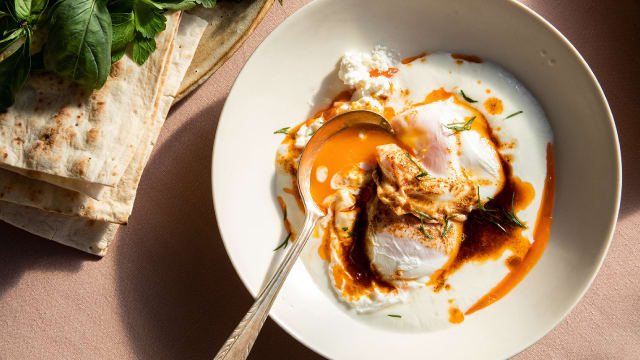Madras Cucumber

Latin name: Cucumis maderaspatensis
Other names: Yellow cucumber, Mangalore southekayi, Malabar cucumber, dosakaya
Uses: vegetable
A staple in south Indian markets, Madras cucumber is called by many names, and often prefixed with a local qualifier (such as Mangalore or Malabar). Shaped like a rugby ball, with alternating yellow and green stripes on its smooth skin, yellow cucumber belongs to the Cucurbitaceae family of gourds and, despite its name, falls somewhere between a typical cucumber and a melon in terms of texture and use. The skin is thicker than other familiar cucumbers, and it has off-white flesh with a seed-filled center. A ripe specimen should be heavy and hard to the touch.
Why is madras cucumber healthy?
Madras cucumbers are known to have a high content of magnesium, calcium, potassium and silica, minerals which can potentially help lower blood pressure and improve overall cardiovascular health. Unpeeled cucumbers are rich in fiber while the flesh is rich in vitamin A, an important nutrient for eye heath, and vitamin C and caffeic acid, both of which help soothe skin irritations and reduce swelling.
What does madras cucumber taste like?
Madras cucumber has a neutral flavor with mildly tart, sweet, almost floral undertones. Like most cucumbers, the flesh of this one is crisp and aqueous; however, it is seldom eaten raw, which has also earned them the nickname “culinary cucumbers.” When cooked, it holds its shape without turning mushy — a bit like biting into a firm sponge, one which absorbs other flavors easily.
Where does madras cucumber grow?
According to Hortus Kewensis or A Catalogue of the Plants Cultivated in the Royal Botanic Garden at Kew, an important book on English horticulture, Scottish botanist William Roxburgh introduced the Madras cucumber to India in the late 18th century. But temple chefs in coastal Karnataka, where the yellow cucumber is a year-round staple and cooked as part of the temple lunch offered to devotees, insist the vegetable has been around from much before the British came to India. Despite having Madras in its name, the consensus is that it pertains to not the city but the province where it grew which at one time included much of Tamil Nadu, Karnataka, Andhra Pradesh, and Kerala. The vegetable continues to be grown in much of South India. Cousins of this vegetable (Chinese yellow cucumber, lemon cucumber, orange cucumber, round cucumber) are grown across Asia.
How do I prepare madras cucumber and what do I pair it with?
Madras cucumber is usually cooked along with its skin. Cut the tips off and slice in half, then scoop out and discard the soft flesh and seeds in the center. The flesh pairs well with strong, spicy flavors and is often combined with ground coconut, tamarind, red chiles, and spices to make the sambar in Karnataka, or simple dal in Andhra. Sauté with onions and garlic to make a curry or a moist stir-fry, sprinkled with grated coconut, as cooks do in Kerala and Tamil Nadu. Or grind Madras cucumber with coconut to make a chutney and make into dosavakaya, a fiery Andhra pickle.
Surprising fact:
These culinary cucumbers have a pretty long shelf life after harvest; up to four months. Madras cucumbers tied with thin coconut fiber ropes and hanging from the ceiling is a common sight in rural South Indian homes to keep them off the ground, and safe from rot and infestation.




